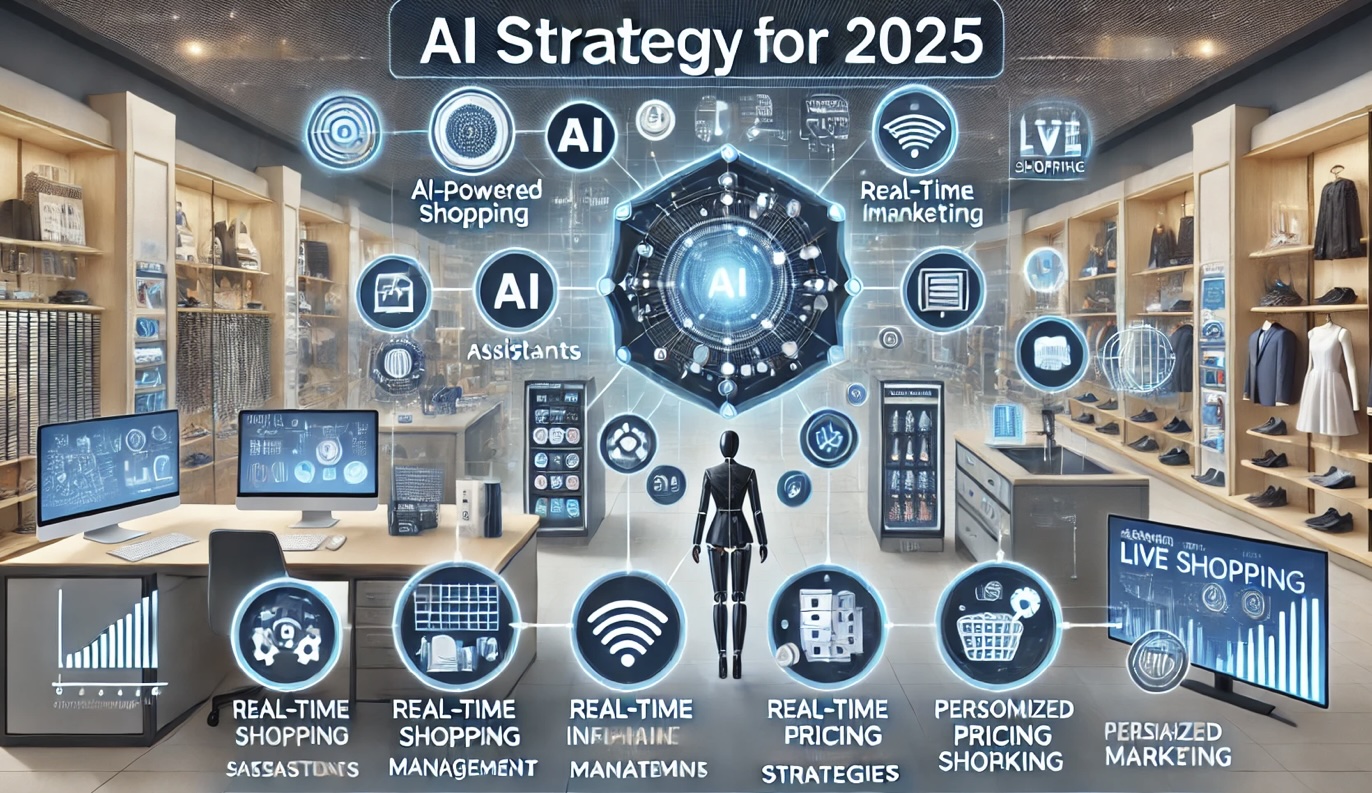

Conversation on AI Strategy and DEI with Art Lawida

AI strategy in 2025 revolves around integrating AI into core business operations, enhancing human-AI collaboration, and adopting AI-first approaches to create competitive advantages. The key focus areas include:
1. AI as a Core Business Driver
AI is no longer just a tool; it’s becoming central to decision-making, product innovation, and customer engagement.
Companies are shifting to AI-first business models, integrating AI into the entire value chain rather than using it as an add-on.
2. AI-Powered Automation & Workforce Augmentation
AI agents and copilots are replacing repetitive tasks while enhancing human capabilities in knowledge work.
Enterprises are redefining roles to leverage AI-driven productivity, leading to fewer but more strategic human interventions.
3. Vertical-Specific AI
AI is being fine-tuned for specific industries:
Retail & e-commerce: AI shopping assistants, hyper-personalization, and real-time inventory management.
Healthcare: AI-driven diagnostics, robotic surgeries, and predictive analytics.
Finance: AI-powered fraud detection, algorithmic trading, and risk assessment.
4. AI as an Infrastructure Layer
Companies are embedding AI into enterprise systems, ERPs, and cloud platforms.
AI-native infrastructure (e.g., RAG systems, vector databases, knowledge graphs) is optimizing how information is processed and retrieved.
5. Multi-Agent AI Systems
Collaborative AI agents are becoming the norm, where multiple specialized agents work together for better decision-making.
This is crucial in customer service, AI shopping, supply chain optimization, and autonomous systems.
6. AI and Data Strategy: Real-Time & Proprietary Data
Companies are building proprietary datasets to enhance AI models, reducing reliance on external providers.
Real-time AI models are driving instant decision-making and hyper-personalization.
7. Live & Conversational AI Interfaces
AI is moving toward real-time, multimodal, and human-like interactions.
Live AI shopping, AI-driven customer service, and AI-powered sales agents are transforming user experiences.
8. AI Governance, Compliance & Security
With increased AI adoption, regulatory pressure is rising (e.g., EU AI Act, U.S. AI executive orders).
Companies need robust AI compliance frameworks to balance innovation and ethical responsibility.
9. AI & Cost Optimization
AI is being used to reduce operational costs by automating expensive workflows.
Companies are optimizing compute costs by using smaller, fine-tuned models rather than relying solely on massive LLMs.
10. AI & Human-AI Hybrid Models
Fully autonomous AI is still impractical for many business processes, so hybrid models (AI + human oversight) are dominating.
AI’s role is shifting toward decision augmentation rather than full decision automation.
For your AI shopping app and boutique, the strategy in 2025 should focus on:
AI-powered personalized shopping with live video support.
Conversational AI agents that enhance decision-making and customer service.
Data-driven insights for inventory and demand forecasting.
Live commerce experiences to bridge online and in-store experiences.
AI-driven marketing for customer acquisition and retention.